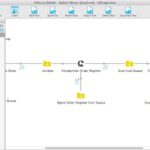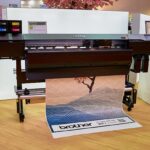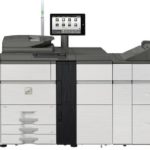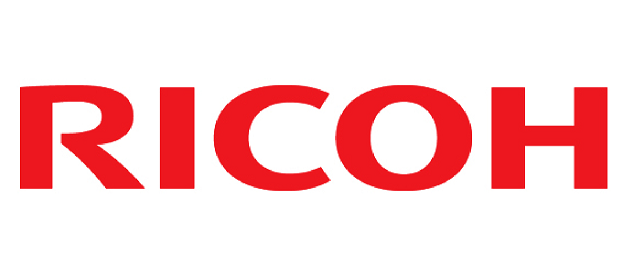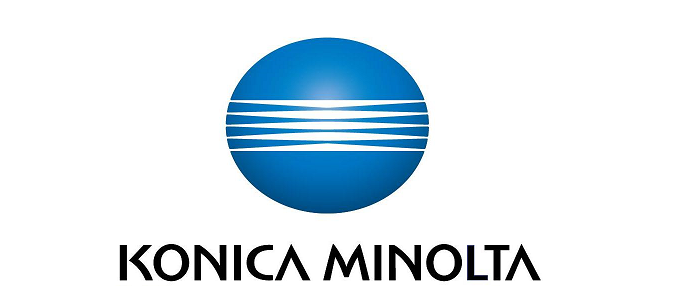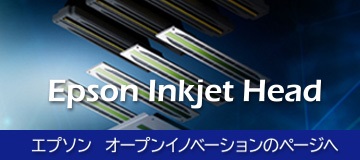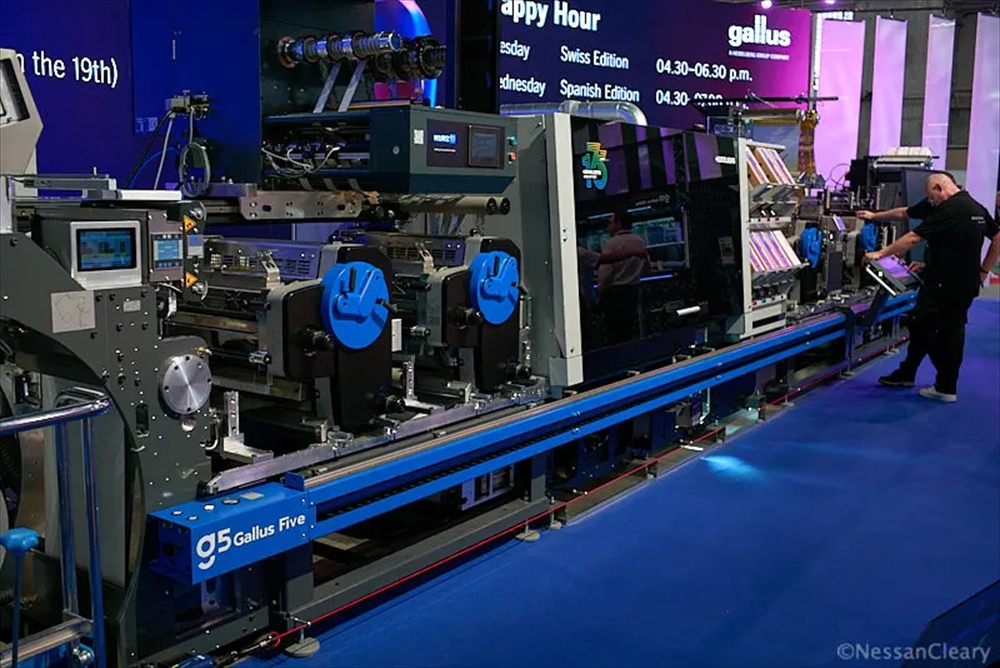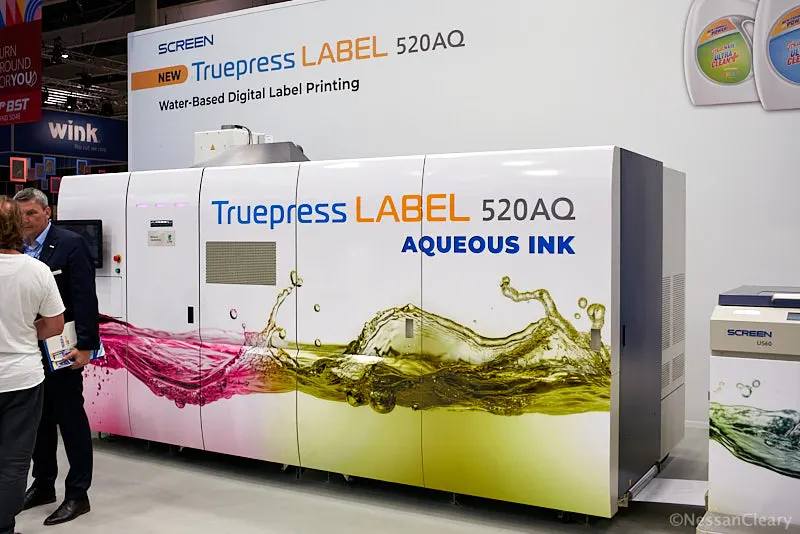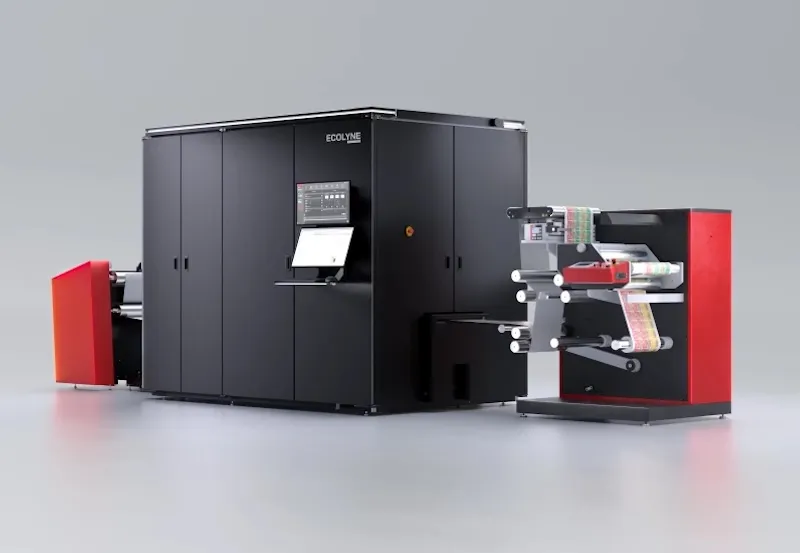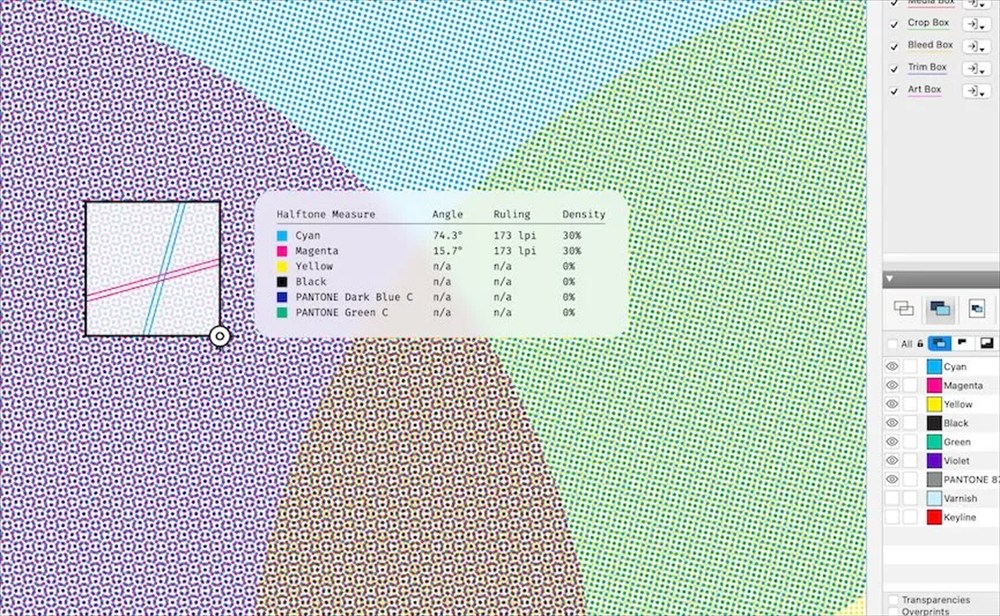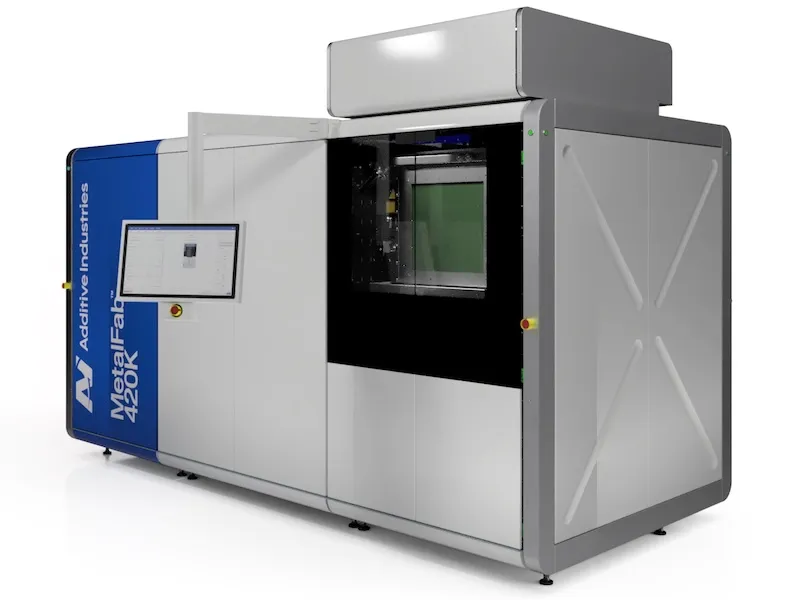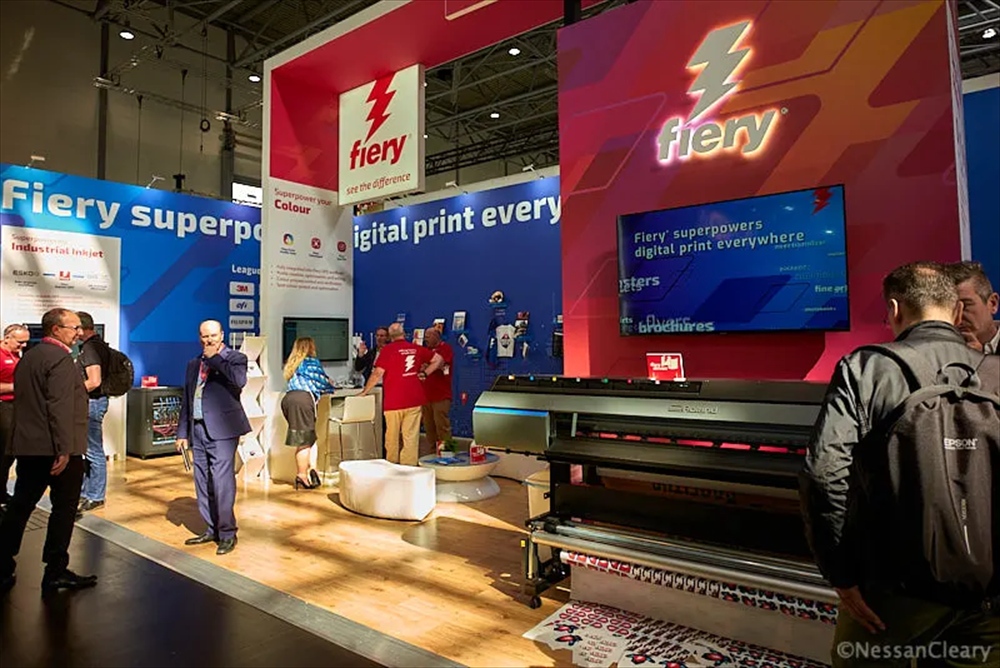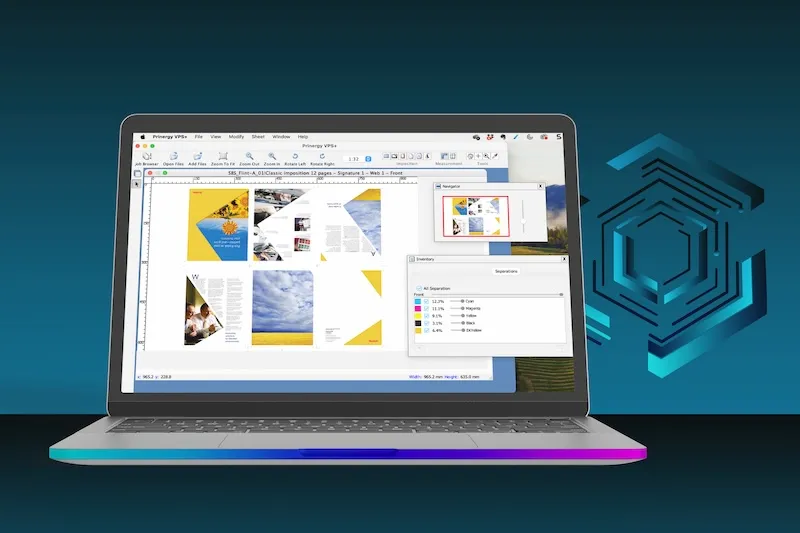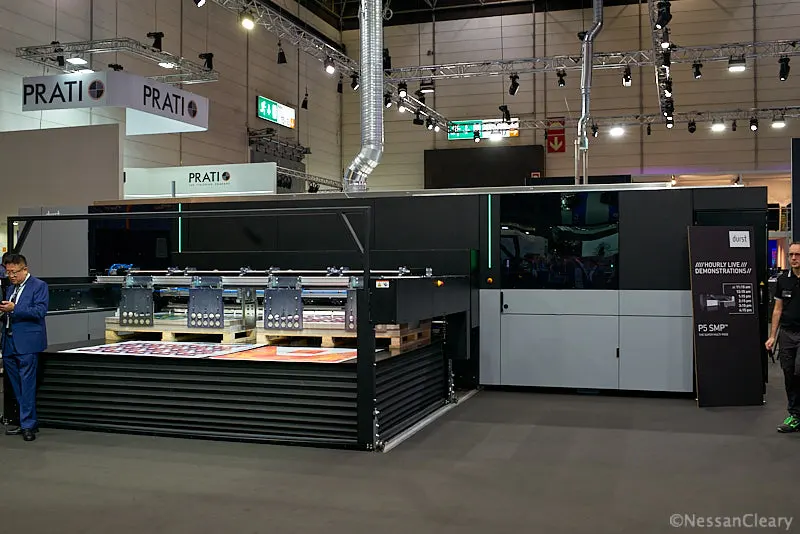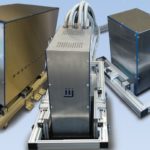- 2019-10-17
- Nessan Cleary 記事紹介
■ 大野註:Nessanはインクジェットの産業用印刷分野と並んで、3Dプリンティング全般(Additive Manufacturing)分野にも同じくらいのボリュームで記事を書いています。大野としてはなかなかそちらの翻訳までは手が回らないのが実情なので、3Dプリンティング(Additive Manufacturing)分野の情報収集している方は是非オリジナルサイト(メルマガもあり)をチェックください。
XJetは、Carmel 1400 3Dプリンタープラットフォームに 2つの新しい変化形を導入する予定です。新しい 1400Mおよび 1400Cマシンは、11月にドイツのフランクフルトで開催される Formnextショーで披露されます。
XJet expands Carmel 3D printer platform
XJet is planning to introduce two new variants to its Carmel 1400 3D printer platform, with new 1400M and 1400C machines due to be shown off at the Formnext show in Frankfurt, Germany in November.

XJet’ now offers separate versions of its Carmel 1400 for metal and ceramic printing.XJetは現在、金属印刷とセラミック印刷用にCarmel 1400の個別のバージョンを提供しています。
XJetは、市場のフィードバックを受けてセラミックに焦点を移す前に、当初は金属印刷市場をターゲットにしていました。そのため、この発表で、機械をXJetは材料周辺でそれぞれ最適化しました-金属用の Mバージョンとセラミック用の Cバージョンです。
XJet initially targeted the metal printing market before switching its focus to ceramics, following market feedback. So with this announcement, XJet has optimized the machines around the materials – the M version for metals and the C for ceramics.
XJetは既にいくつかの Carmelマシンを設置しており、それらはセラミックを生産しており、金属印刷機能を追加する予定でした。これは、XJetが金属の印刷で問題に遭遇し、これを回避するためにプリンターハードウェアの仕様を変更しなければならなかったことを示唆しています。それにもかかわらず、XJetが問題を克服したことは、金属機械の発表から明らかです。
XJet has already installed several of its Carmel machines, which are producing ceramics and was due to add a metal printing capability. This suggests to me that XJet has run into problems in printing metals and has had to make changes to the specification of the printer hardware to get around this. Nonetheless, it’s clear from the announcement of the metal machine that XJet has now overcome any issues.
XJetは Formnextで両方のマシンと、ここで説明した癌治療の一部として使用されるセラミック凍結療法プローブを含む多くのアプリケーションを披露します。また、デラウェア大学の研究者が XJetのジルコニア素材を使用して、5Gネットワーク用の低コストで軽量のアンテナソリューションを開発した方法も示します。詳細については xjet3d.comをご覧ください。
XJet will show off both machines at Formnext, as well as a number of applications, including a ceramic cryotherapy probe that’s used as part of a cancer treatment, which I’ve covered here. The company will also show how researchers at the University of Delaware used XJet’s zirconia material to develop a low-cost, lightweight antenna solution for 5G networks. You can find more information from xjet3d.com.





